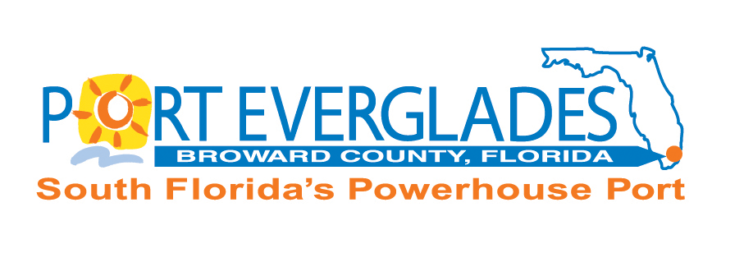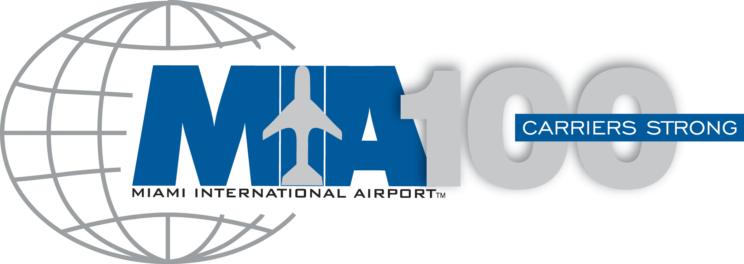Trade in the Trump Era, U.S. TradeNumbers
What has trade policy and trade data looked like so far in the era of President Trump? WorldCity’s latest Trade Connections event shared the latest straight from two Washington D.C. experts and an attorney well versed in tax law here in Miami.
The event also celebrated the release of U.S. TradeNumbers, which is available for download by clicking here.
“The publication you are getting today is more valuable now than it’s ever been,” said panelist Bill Lane about U.S. TradeNumbers, which was handed out to the Trade Connections members in attendance. Lane spent more than 40 years at Caterpillar, most recently as Senior Director of Global Government and Corporate Affairs.
The findings revealed in U.S. TradeNumbers set up a discussion about how trade has shifted in the Trump administration and where it is headed next.
TradeNumbers: U.S. trade up 7.01% YTD
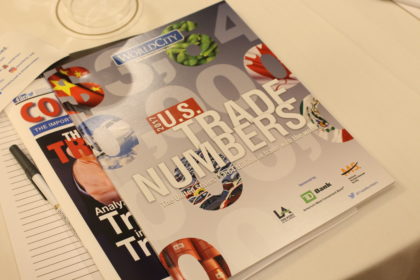
Cover of 2017 U.S. TradeNumbers
Canada is the top U.S. trade partner, according to Census Bureau data at WorldCity’s ustradenumbers.com. China, which has finished on top on an annual basis the last two years, is ranked second. U.S. exports are up 6.67 percent year-to-date, with imports up 7.24 percent.
Exports from the South Florida customs district are up 2.47% YTD, with imports out of South Florida also up 1.98%. Notably cell phones and plasma/vaccines/blood exports from South Florida are up more than 20 percent YTD.
Trump’s proposed NAFTA changes will be revealing.
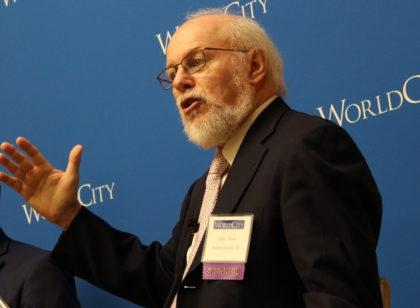
Panelist Jeffrey Schott of the Peterson Institute for International Economics in Washington D.C..
“What is happening after a lot of excessive rhetoric is that people suggested courses of action that would be extremely damaging,” said Jeffrey Schott, senior fellow at the Peterson Institute for International Economics. “And before they could implement those actions, and a month ago, it was very close with the President to withdraw from NAFTA, there was an understanding of how costly that would be for all three countries.”
Soon there will be another indication on whether the Trump administration will continue to heed warnings.
“I think it’s slowly dawning on people who have had no government experience and have never dealt with international relations before that there are these benefits,” said Schott.
The test will be when the White House reveals its negotiating objectives for NAFTA in about a month. If they look like what was agreed to in the Trans-Pacific Partnership, that will indicate a relatively smooth agreement on a NAFTA update. President Trump withdrew the United States from the 12-nation Trans-Pacific Partnership in one of his first actions as President.
Leave Canada and Mexico alone.
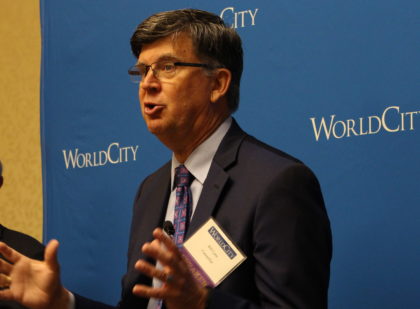
Panelist Bill Lane, who spent 40 years at Caterpillar and is now at the Washington International Trade Association.
Lane spelled out some powerful numbers on why NAFTA still matters.
“Seven billion people live outside the United States. One third of American exports go to 160 million people in Canada and Mexico,” said Lane “The average Mexican buys twice as many American products as Americans buy Mexican products. The average Canadian buys eight times as much from America as we buy from Canada.”
“If you take the other 18 countries where we have free trade agreements, that gets us to half of our exports. Half of our exports are for 400 million people, but there’s 7 billion people out there.”
What does this have to do with the rhetoric on reforming NAFTA?
“We’re going after our best customers,” said Lane. “If you want an area where we can really make the most progress, one country represents half of our trade deficit.”
That country is China. China must reduce trade barriers.
Miami is uniquely positioned.
“What drives Miami’s economy is velocity. The more trade, whether it’s imports or exports, the more this area is going to prosper,” said Lane. “The Florida delegation, the Florida business community has a huge stake in what’s going on right now.” That’s because Florida serves as a logistics and distribution hub.
Innovation from government or private sector?
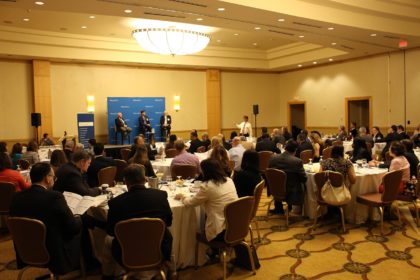
Click here to check out our Facebook album from this event, and tag yourself if you were in attendance!
That was the question from Salvadore Romo, director of Sthal, as well as what innovations in trade should look like. One panelist had a strong opinion on who should not be spearheading innovation.
“The government should be making efforts to try to remove obstacles for access the markets so that you have opportunity. That’s why trade agreements have been important,” said Schott. “On the innovation side, that should be left to the private sector because I can tell you people in Washington do not know much about innovation.”
Intellectual Property and Taxes
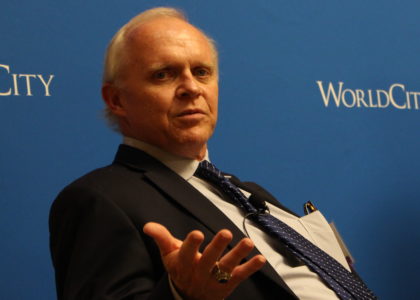
Panelist Jim Spencer, director of international tax services at Berkowitz Pollack Brant in South Florida.
“A lot of the Fortune 500 companies, a lot of the (intellectual property) data, resides outside the U.S.,” said Jim Spencer, director of international tax services at Berkowitz Pollack Brant in South Florida.
Spencer said the reason for that is tax purposes. A lot of regimes (Luxembourg and the Netherlands are examples) make it attractive to locate IP offshore.
This is one area where the U.S. could benefit from changes in corporate tax policy.
On Trump and the switch to bilateral agreements
“If you can do one big multilateral agreement every 10 years, which we used to do, it means Congress has a hard vote one time every 10 years,” said Lane. Now, “you’re making a hard vote once, twice a year, and there really was fatigue on those votes.”
What a difference 3 percent growth would make
How do we get there? China spent the early 21st century investing in infrastructure, and many there attribute that to the massive growth it has seen since. It’s harder for the U.S. to build things like high-speed rail up and down the east coast, due to current laws.
“Health care reform…improving the skills of the workforce,” Schott cited as examples for how to build a platform for sustained productivity growth in the United States.
Thanks to our sponsors:
On June 23, World City’s Global Connections series continues with a discussion on Social Media: The New Power of Video.
Be sure to attend the next Trade Connections as well on August 18 with the release of Perishables TradeNumbers.

